The Bill O'Hara Chronicles: A Trip to the Haughton Mars Project Research Station
May 08, 2019
My name is Bill and I am a principal systems engineer at Sierra Nevada Corporation (SNC). I work in our Space Systems' Advanced Development group and was chosen to participate in a NASA-supported trip to the Haughton Mars Project Research Station (HMPRS). The 13 day expedition provided an opportunity to observe and participate in a Mars analog, which has undergone 20 years of maturation. The research station is located deep in the high artic on Devon Island, Canada - the world’s largest uninhabited island. It's cold, desolate and rocky, which makes it the perfect place to simulate Mars.
My specific goals during my trip last July were two-fold. The first was to gain experience in general surface operations by participating in planning and executing exploratory excursions. Second, I studied the habitat layout and collected data about habitat operations.
The layout of the HMPRS was designed similar to a Mars or lunar base. In this effort, I studied the functionality of the station, captured video of traffic between the work areas and observed how the base has developed over time. I found the evolution of the station since its inception particularly fascinating as an analog for human exploration. Facing the unknowns of long-term work in extreme environments can be modeled, practiced and planned, but it will be flexibility, ingenuity and adaptability that will enable success.
My participation in this project was inspired by SNC’s passion for deep space exploration. You can follow along at home as I share my journal entries from my trip below!
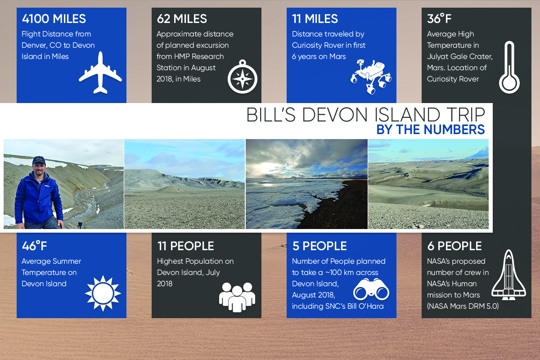
Day 1: July 21, 2018
I am on my way to the Denver International Airport to catch the first leg of my flight to Devon Island. Unfortunately there is no direct flight to get there so I will have to take a total of seven flights, over the course of two days, to get to the island. My travel will take me from Denver to Canada and then to the Arctic Circle. I’m not complaining though. The first crew that travels to Mars will be in route to the red planet for nine months!
Day 2: July 22, 2018
We have arrived in Resolute Bay, Canada. This place is very desolate and quiet. We still have one more flight until we are in Devon Island. It may not look like it in these photos, but it is actually 10:30 p.m. in Resolute right now! In the summer months, the sunlight is out all day and night
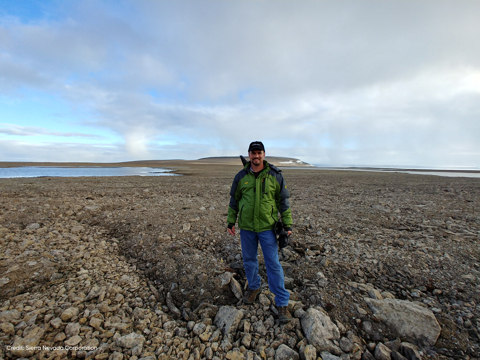
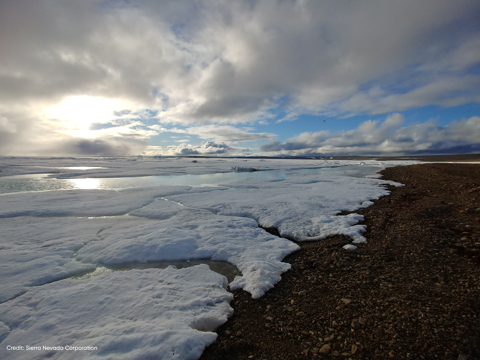
Day 4: July 24, 2018
Our scheduled trip to Devon Island yesterday was postponed due to weather. It snowed most of the day. We are hoping to leave Resolute today but a thick morning fog has yet to burn off. Delays like this are typical here and very similar to delays in rocket launches in the space business. Crew on their way to Mars may also face delays. If a sandstorm develops on Mars while the crew is in transit, for example, their landing may be delayed until it subsides. It is all part of pushing the boundaries of exploration, here on Earth, the Moon and Mars.
Day 4 (cont.): July 24, 2018
We are about to land in Devon Island, the location of the simulated Mars habitat where I will be living in for the next 10 days!
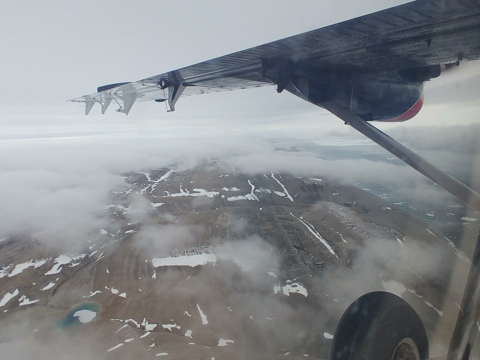
Day 5: July 25, 2018
It is my first full day on Devon Island and let me just say, this isn’t a bad view to wake up to every day.
Today we ventured on ATV inside of nearby Haughton Crater. This crater is 20 km in diameter and resulted from an impact 23 million years ago. Similar to the exploration of Mars, the bottom of this crater gives clues to the composition of rock deep underground. While exploring this crater I learned that the crushed rock was gouged out by a meteor and thrown into the air, only to come crashing down, forming a type of rock called a breccia. The breccia here is light gray in color which gives the landscape an amazing Moon-like appearance. Devon Island not only provides Martian-like environments, but also moon-Like! Here we can simulate missions to both places!
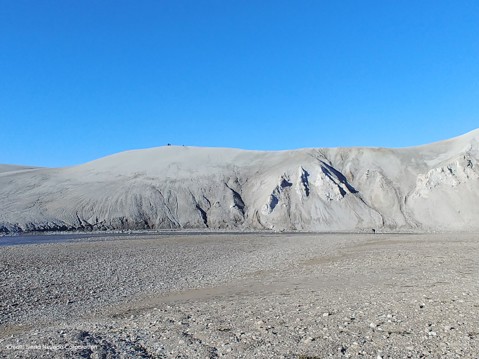
Day 6: July 26, 2018
Hello again from Mars on Earth!
Today we trekked 27 km (16.7 miles) from camp on all-terrain vehicles (ATV). Our destination was Astronaut Canyon, but we made several stops along the way to study geologic features that are similar to features found on Mars. Astronaut Canyon is a beautiful valley, approximately 7 km (4.3 miles) long, and more than half of a kilometer wide. We observed deep canyons, gentle valleys and rock formations that, if colored rust red, could look as if they came from NASA’s Mars Curiosity Rover! At these locations, the NASA participants tested their Mars airplane prototype and performed aerial observations. It is an excellent example of the types of valleys found on Mars. After a 55 km (34.2 miles) round trip on ATVs, we ended our day very late, but fortunately we didn’t have to worry about nightfall impacting our operations since the sun never sets here in the summer!
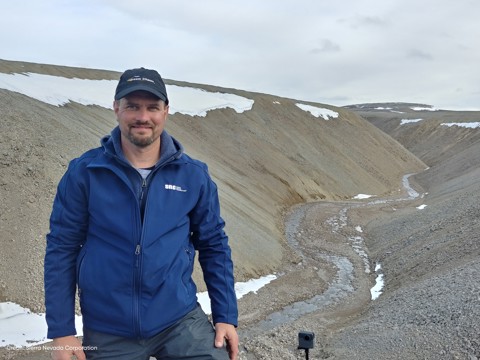
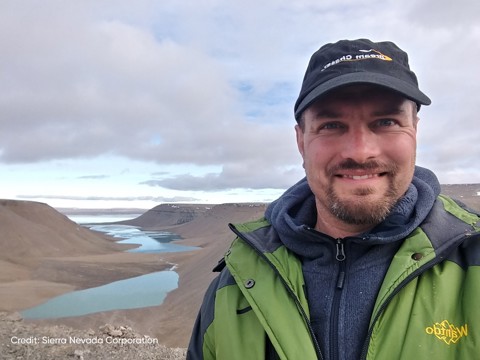
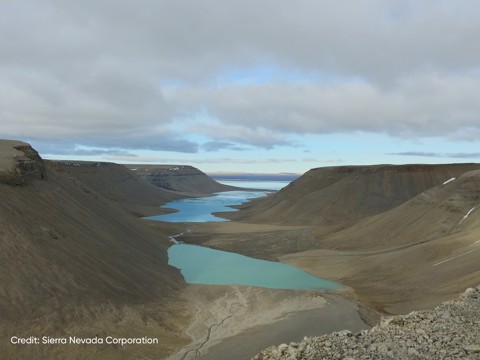
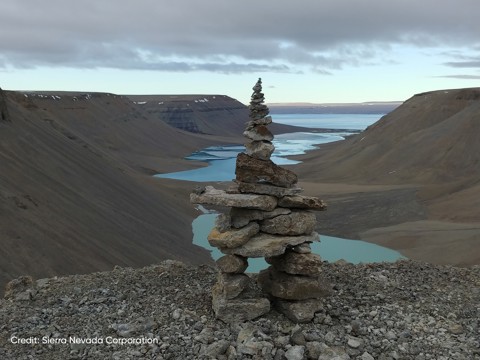
Day 7: July 27, 2018
After our long day yesterday, we welcomed a stay-at-home plan for today. Our day was supposed to include test trials in an Extravehicular Activity (EVA) suit, but that had to be aborted when light rain moved into the area. We couldn’t risk getting the suit wet.
Today I spent quality time getting to know the HMPRS layout and history. This base has evolved over time as the result of acts of nature and funding limitations, but you can still understand the intentions of the layout and learn from it. The HMPRS is laid out in a configuration similar to a bicycle wheel. The Core module is the hub of this design and a hive of activity. The spokes of this habitat design serve as sleeping quarters, office space, communications systems, maintenance work area and more. Every habitat is unique in how it functions and how space is allocated. The HMPRS is a great example of how challenges in a harsh, unforgiving environment can be overcome and still meet mission goals similar to what the first crew on Mars might have to do.
The average temperature here is between 30-35 degrees. No refrigerators are needed and food was left outside instead. I also still can’t believe how bright it is outside. Check out the photo below where it’s still light out at 1:19 in the morning!
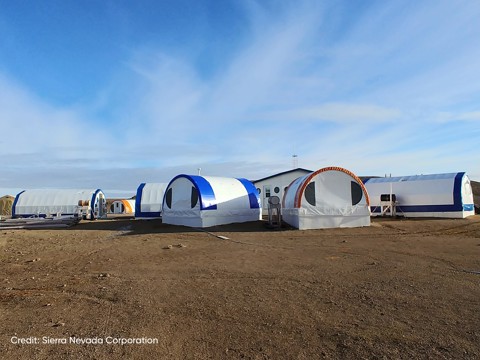
Day 8: July 28, 2018
One of my goals for this trip was not only to study the habitat layout but also the traffic flow within it. I’ve been setting up a camera to record stop-motion video inside of the core module. I chose this module because it is the center of activity for not only meals and socializing but also meetings and planning discussions. This a busy place! My plan is to analyze these videos to better understand habitat traffic flow challenges and patterns so that we can better our Lunar Gateway prototype.
Day 10: July 30, 2018
Today is the first full day of work. We will be preparing the camp for closure since we will soon be leaving on our simulated Mars excursion. Similar to a Mars crew leaving their surface base for return to Earth, we must configure the HMPRS to endure the long, dark and cold arctic winter. Also, as a crew would be doing in preparation for a similar trip on Mars, we are checking and double checking our “Rover” systems as well as packing supplies. Fortunately, we will not have to bring our own oxygen, but we do need to be prepared with adequate food, toiletries, tools and spare parts. Today we also took time to explore nearby canyons. The similarity to pictures of Mars is striking!
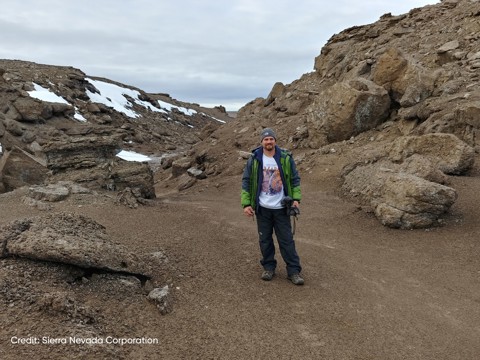
Day 11: July 31, 2018
The last couple of days were pretty low-key. There wasn’t much action due to rainy weather and some logistical changes. Today we accomplished a very interesting scouting trip about 10 km (6.2 miles) from the HMPRS. We did this trip to explore the best starting route for a Humvee excursion and to determine the steadiness of the ground. We are hoping for more sunlight to dry out the ground but the days here are cloudy. The scouting trip took us to unexplored areas. We walked where no human had walked before. We traveled down valleys and gullies that were carved out by two mile thick glaciers and then eroded by the melting of that ice. Snow melt and rain runoff further excavated the channels. Today there are rocky ravines with small streams of clear, clean water running down the bottom. Valleys and gullies on Mars have multiple theories for their origin. Some of them were probably created by processes similar to what we see here on Devon Island.
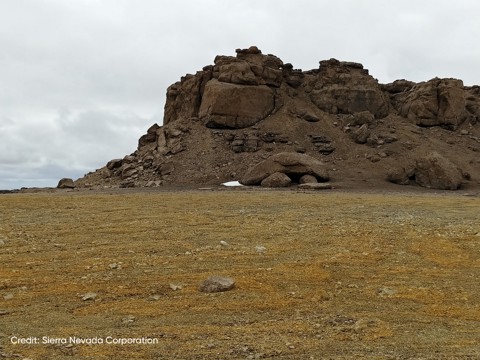
Day 13: August 2, 2018
Today we set out our on our overland excursion across Devon Island. This trip emulates what a crew on the Moon or Mars might do in order to visit a scientific point of interest that is far away. It was an amazing day of incredible barren landscapes. I marked one high ridge with a rock cairn so that that the spot could be found again. Unfortunately, before the day was out the Humvee hit some soft ground that took us a couple hours to pull free.
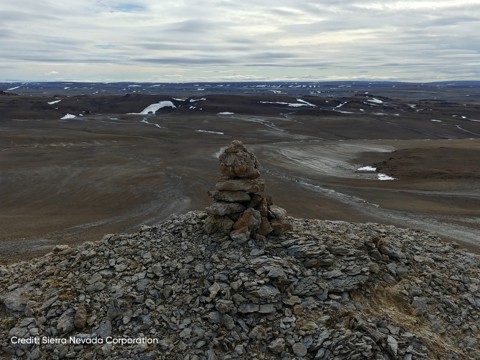
Day 14: August 3, 2018
Today was supposed to be day 2 of our excursion. Unfortunately, the soft ground has caused us more difficulty in making any progress today. A crew on Mars would face many hazards with sand dunes and sand filled craters. We took advantage of the stationary time to explore a nearby valley and discuss how a crew on Mars might safely explore a similar place. The ground was covered in broken rock that sounded like broken plates, clattering together as we walked.
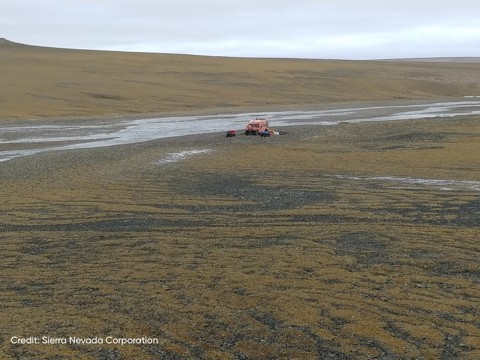
Day 15: August 4, 2018
Today we ended our overland excursion and flew back to Resolute Bay. On our way back we made a stop at Beechey Island. Beechey is historically significant in the world of Arctic exploration. On the shore of Beechey Island there is a row of four graves. Three of the graves are of the first to die during the lost Franklin expedition of 1846. Franklin and his crew were on a voyage to map the Northwest Passage above North America. The fourth is a sailor who died during an attempt to find the lost Franklin crew a few years later. Exploration is a hard business.
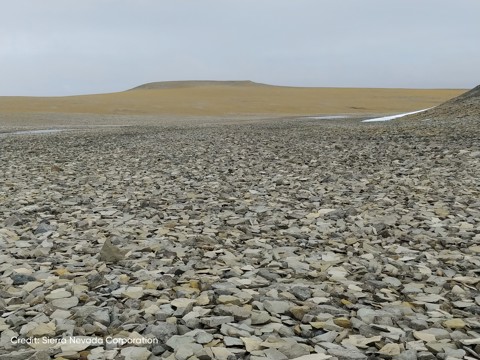
Day 16: August 5, 2018
We are back at Resolute Bay now and enjoying a short but warm hotel stay. One interesting side-effect of living in a cold environment is that I encountered a strange skin tingling sensation of my body acclimating to the warm environments again. I hadn’t considered that a body will begin restricting blood flow in response to cold temperatures which would allow my body to acclimate. When it is no longer cold the blood flow returns to places like your face and hands, causing them to tingle.
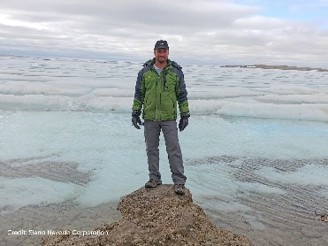
Day 17: August 6, 2018
Made it back to Canada!
Day 18: August 7, 2018
Home again! It was a great trip.